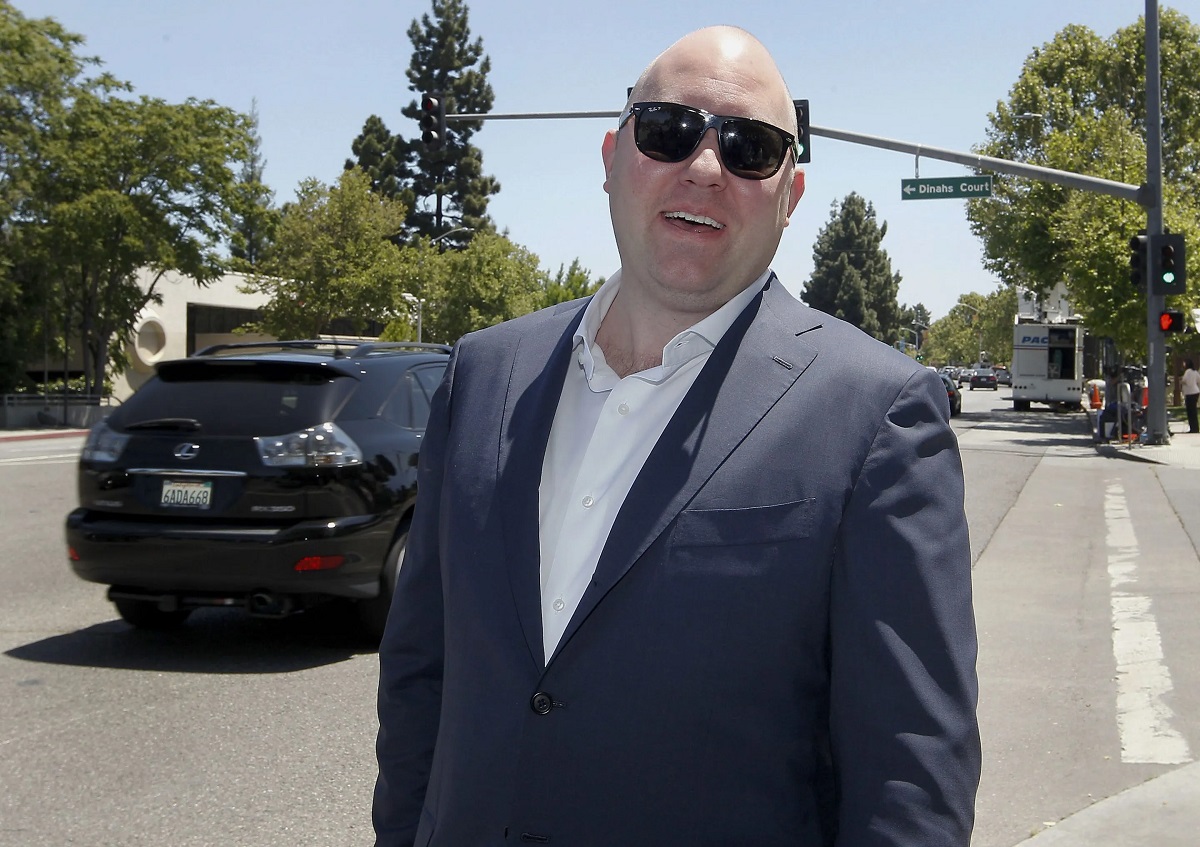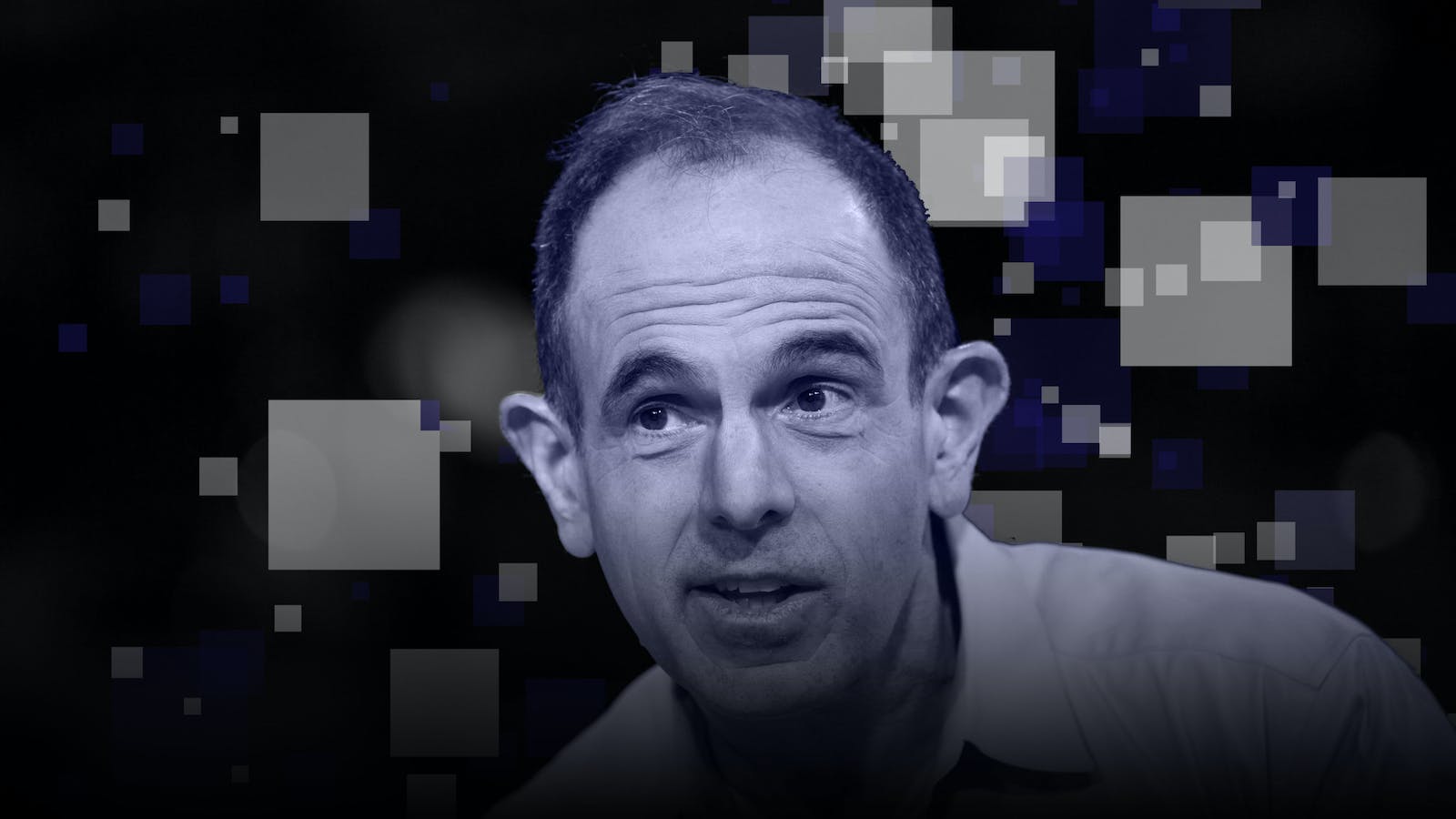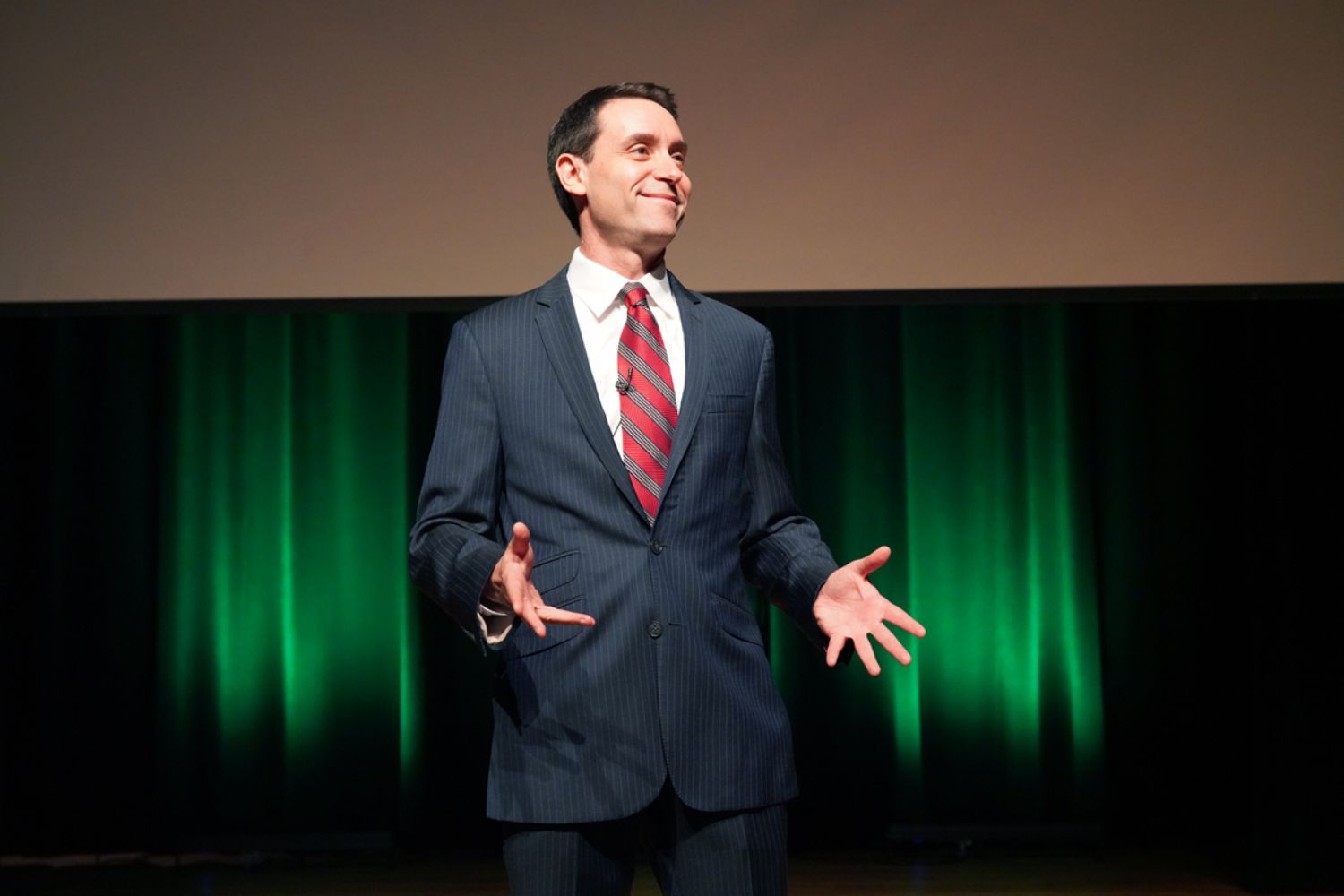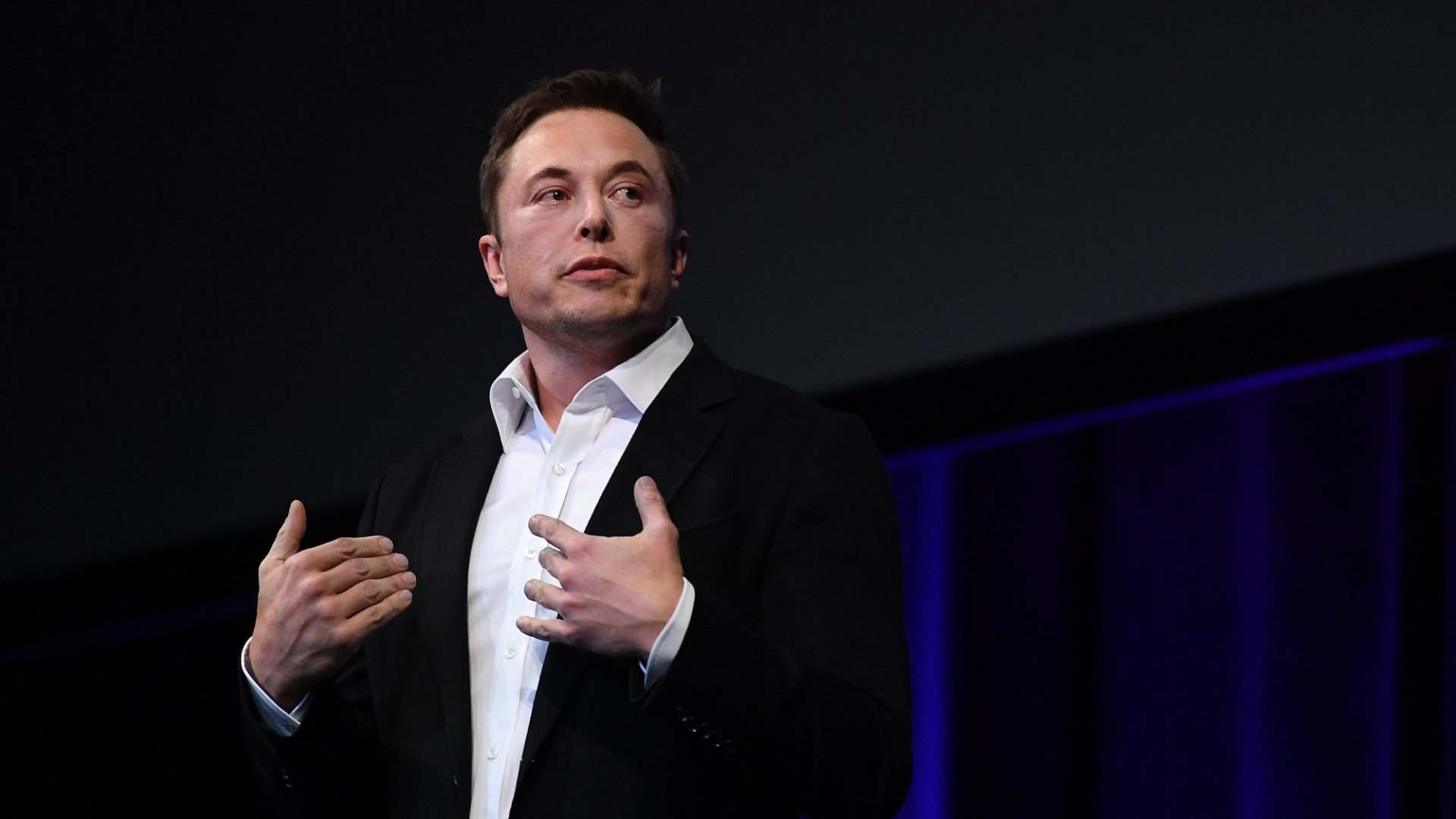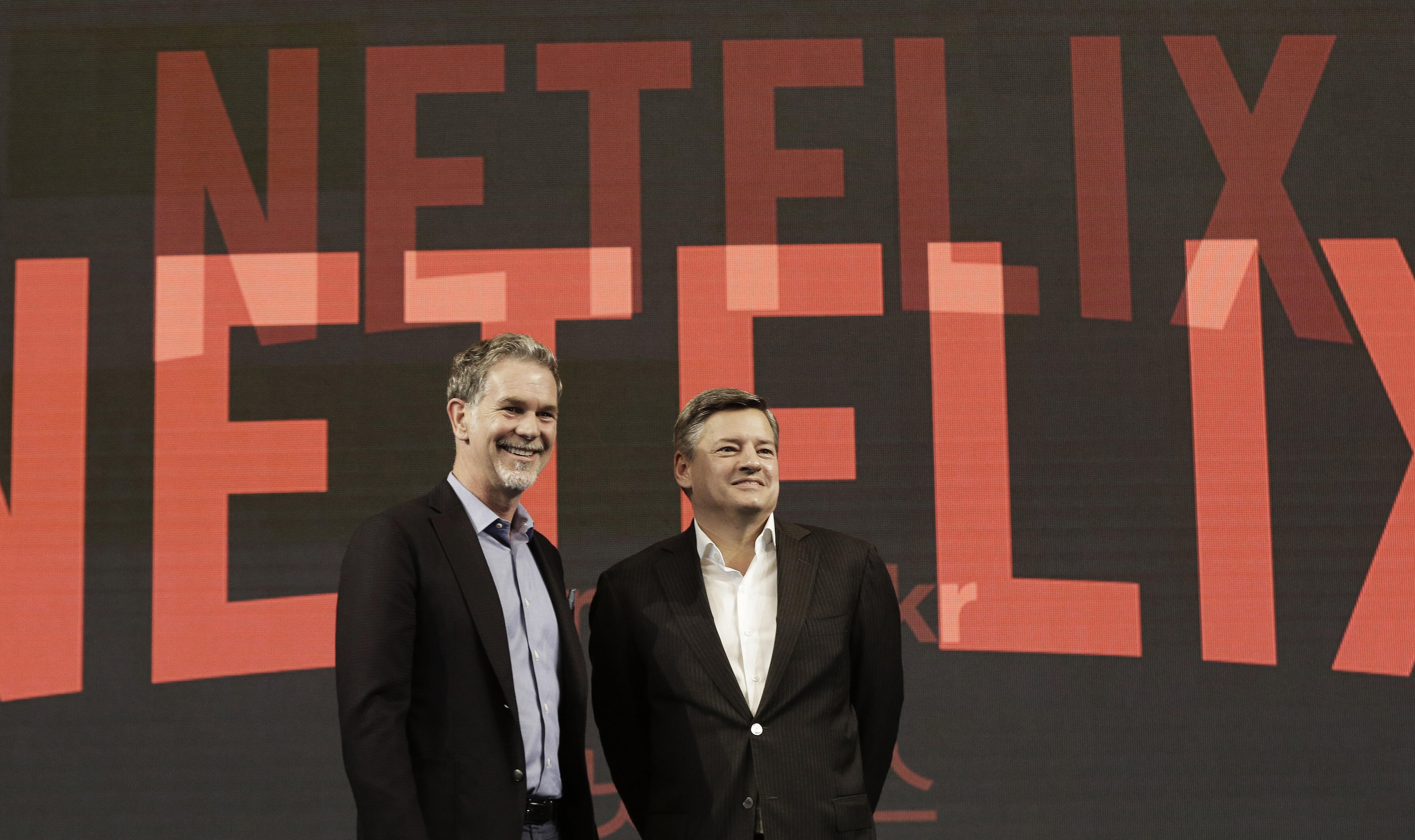Venture capitalist Marc Andreessen recently published a manifesto on the a16z website, advocating for what he dubs “techno-optimism.” In a lengthy blog post, Andreessen lays out his grand vision of a world where technology is the ultimate solution to all of society’s problems, from poverty to climate change. However, a closer examination reveals the inherent flaws and biases in Andreessen’s arguments.
Key Takeaway
Marc Andreessen’s techno-optimistic manifesto presents a vision of a world where technology solves all problems. However, it fails to consider the biases of the tech industry and overlooks the real-world challenges faced by vulnerable communities. A more nuanced approach that addresses the negative impacts of technology while harnessing its potential is necessary.
The Biases of Marc Andreessen
Before delving into his techno-optimist vision, it is important to consider the biases that Andreessen brings to the table. As an extraordinarily wealthy individual, with an estimated net worth of $1.35 billion, Andreessen’s financial interests are closely tied to the success of the tech industry. This financial stake inherently leads to a bias towards promoting a techno-optimist narrative. It is crucial to maintain a critical perspective when someone with such vested interests presents their vision of the future.
The Unrealistic Promises of Techno-Optimism
Andreessen argues that there is no problem that cannot be solved with more technology. While there is no denying that technology has improved our lives in numerous ways, it would be naive to overlook its negative impacts. The rise of tech companies has resulted in the creation of platforms that effectively turn large segments of society into renters, with the platforms acting as landlords. The dark side of this new “rentier economy” is often disregarded in Andreessen’s techno-optimistic narrative.
Furthermore, Andreessen’s assertion that technological innovation in a market system is inherently philanthropic is flawed. While tech companies may generate economic value, it is crucial to consider who benefits the most from these innovations. The distribution of wealth and the fair treatment of workers within the tech industry are serious concerns that cannot be dismissed.
The Disconnect with the Real World
An important question arises when assessing Andreessen’s techno-optimism: when was the last time he truly interacted with the less fortunate? The stark contrast between the wealth of the tech elite and the pressing issues faced by vulnerable communities, such as the homeless population in San Francisco, cannot be ignored. Andreessen’s vision seems to overlook the systemic societal problems that need to be addressed alongside technological advancements.
Questioning Andreessen’s Motivations
A less-explored aspect of Andreessen’s manifesto lies in his list of perceived enemies. He takes aim at goals such as environmental sustainability, gender equality, poverty alleviation, and the creation of good jobs. The idea that these global goals are “against technology and life” is difficult to comprehend. It raises questions about whether Andreessen truly understands the potential of technology to address these very issues he dismisses.
The Need for a Nuanced Approach
Ultimately, Andreessen’s techno-optimistic vision oversimplifies the complexities of societal challenges and the impact of technology. It is crucial to adopt a more nuanced approach that considers the potential benefits of innovation while also acknowledging the negative consequences. Only through a comprehensive understanding of these issues can we work towards a future that truly improves the lives of all individuals.







